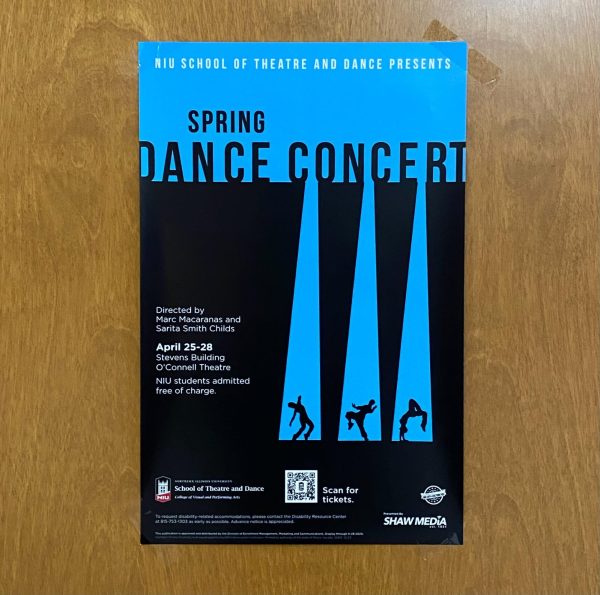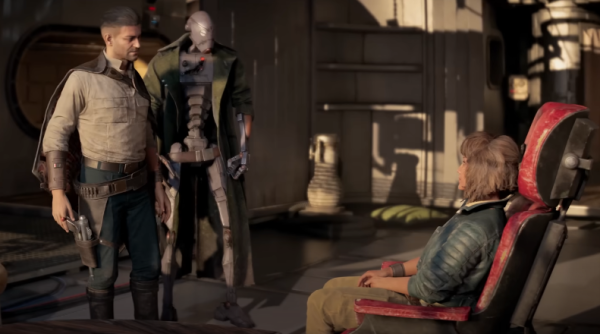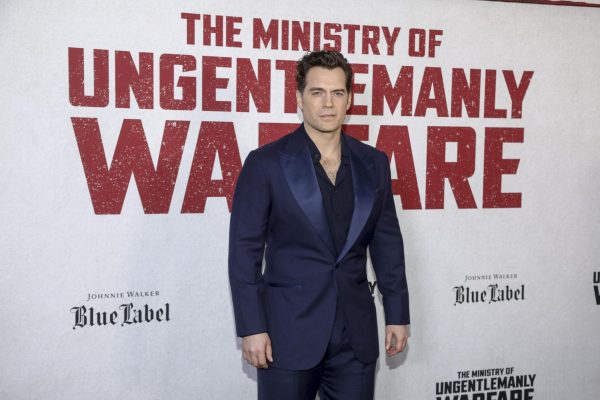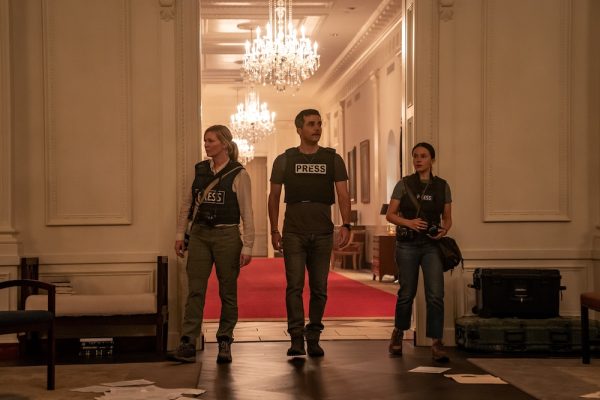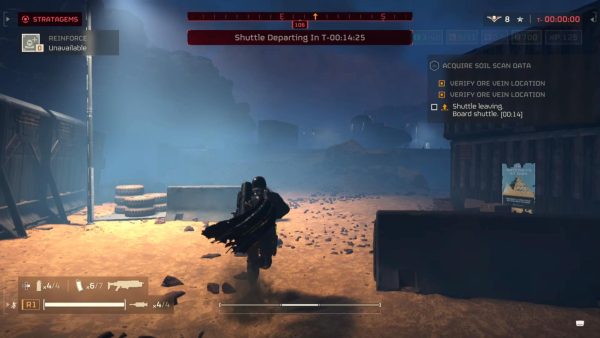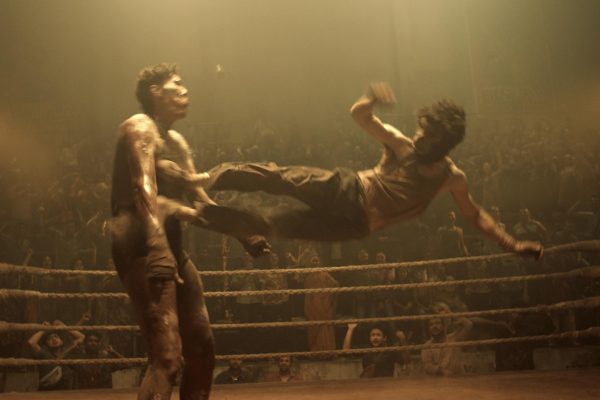Film review: Reality Bytes Film Festival part two
Part two offers diverse visions through animated shorts and educational documentaries
Patrick Murphy | Northern Star
DuSable Hall is a primary building where the College of Liberal Arts and Sciences holds its classes.
November 6, 2020
The second part of the 20th annual independent student film festival Reality Bytes offers strong visions from a diverse group of filmmakers through its pairing of seven films that range from immensely detailed animated shorts to educational documentaries on political unrest in Brazil.
‘Anansi’
“Anansi” is a highly detailed animated short film from Elliot Gibson from Australia that tells the story of an innocent boy looking for a potion to help his sick father. In order to do so, however, he must visit the potion master, Anansi. The animation in “Anansi” is very much akin to the alluring animation style in “Adventure Time” and “The Midnight Gospel.” Gibson’s direction is something out of a feverish nightmare and his direction is incredibly impressive. Another huge standout is the radiant sound design that continually impressed through its runtime.
‘Circle Law’
“Circle Law” by Mehrshad Golkarian of the Tehran University of Art follows two families and their fate as a result of an unexpected tragedy. The narrative structure of “Circle Law” is the driving force for the film as the film brilliantly weaves between flashbacks and present day events to fully form its shocking story. With that, “Circle Law” is increasingly intense as the film progresses with plot reveals that hit the viewer with impact. All of that is accompanied by strong acting from the entire cast.
‘Life at a Japanese High School’
“Life at a Japanese High School” is an educational documentary by Ethan Chu. Chu details his experience and the difference in schooling in the U.S.and in Japan. The film is straightforward, and is a pretty standard documentary on education, which makes it easily digestible to the viewer. Where this film shines is the details of the learning experience in a Japanese high school and all of the cultural differences that come with that. For example, every student must have several pairs of shoes throughout the day for different occasions. There is also an emphasis on after school activities opposed to mounds of homework in the Japanese school system. It’s a neat and simple learning experience for those especially wanting to learn more about foreign customs.
‘Mother of Chernobyl’
“Mother of Chernobyl” is a film by Alexander Shuryepov of Chapman University about a mother who stayed behind in the radiation zone with her newborn baby. “Mother of Chernobyl” is the closest film out of this bunch in part two that truly feels like a feature film. The choice to go black and white works to the strengths of the desolate visual storytelling. For most of the film, the voice-over touching on themes of love and death work out extremely well. After the title card is introduced, the film’s cinematography really ramps up and it’s utterly gorgeous. All of the struggles and conflict that plague the mother’s mind is realized through the film’s tense score and the devastating ending that will leave the viewer in awe.
‘Coming Home’
“Coming Home” is an animated short by Mai Shirai of the U.S. that tells the story of a son coming back home to visit his mother’s grave during Obon Festival. This is a Japanese Buddhist custom to honor the spirits of ancestors. Almost immediately as the short starts, the viewer is treated to some astonishing landscapes that make the Obon Festival feel alive. The story develops further between the relationship of the son and father who don’t have a close relationship. The short turns into a heartwarming tale of how people can change over time and the beauty inside that notion. The film succeeds at delivering a heartwarming tale, but there are so many animated short films that rely on this type of storytelling that it would be nice to see something different.
‘Stunned, I remain Alert’
“Stunned, I remain Alert” is a political documentary from Lucas H. Rossi dos Santos and Henrique Amud of Brazil that tells the story of journalist Dermi Azevedo and his fight for human rights in Brazil. One of the most surprising aspects of this film is the sheer amount of dread created through its atmosphere as it details the wrongdoings of a military dictatorship in Brazil. Because of that and the footage used, the documentary almost feels like a horror film and in a way it most definitely is. The film feels certainly more impactful because of the parallels to today’s current political climate and how important it is to stand up for those issues even when it seems like an uphill battle. The aspect that stuck out was in the telling of Azevedo’s life story. His fight against that military dictatorship is how well the documentary showcases truly how dangerous it can be to be a journalist in these situations and the overall courage it takes to fight for the rights of others. “Stunned, I remain Alert” is one of the most important films to come out of the Reality Bytes festival.
‘Alone Together’
The final film of Reality Bytes part two by Erin Martinez of San Diego State University analyzes the duality of an ended relationship between a couple as they both cope and move forward in different ways. Traditionally, with a concept like “Alone Together” the film is structured to go back and forth between the characters, but here, both of the characters’ lives stay on screen simultaneously through a split-screen format. Through that, Martinez does a remarkable job at exploring the roller coaster of emotions people go through after they cut ties. The film feels all too real at every bend, especially at the unexpected conclusion that will leave the viewer thinking about the great film they just saw.
Reality Bytes part two offered a little bit of everything in terms of genres and filmmaker diversity that resulted in an extraordinary set of films that resemble the highest level of filmmaking.



